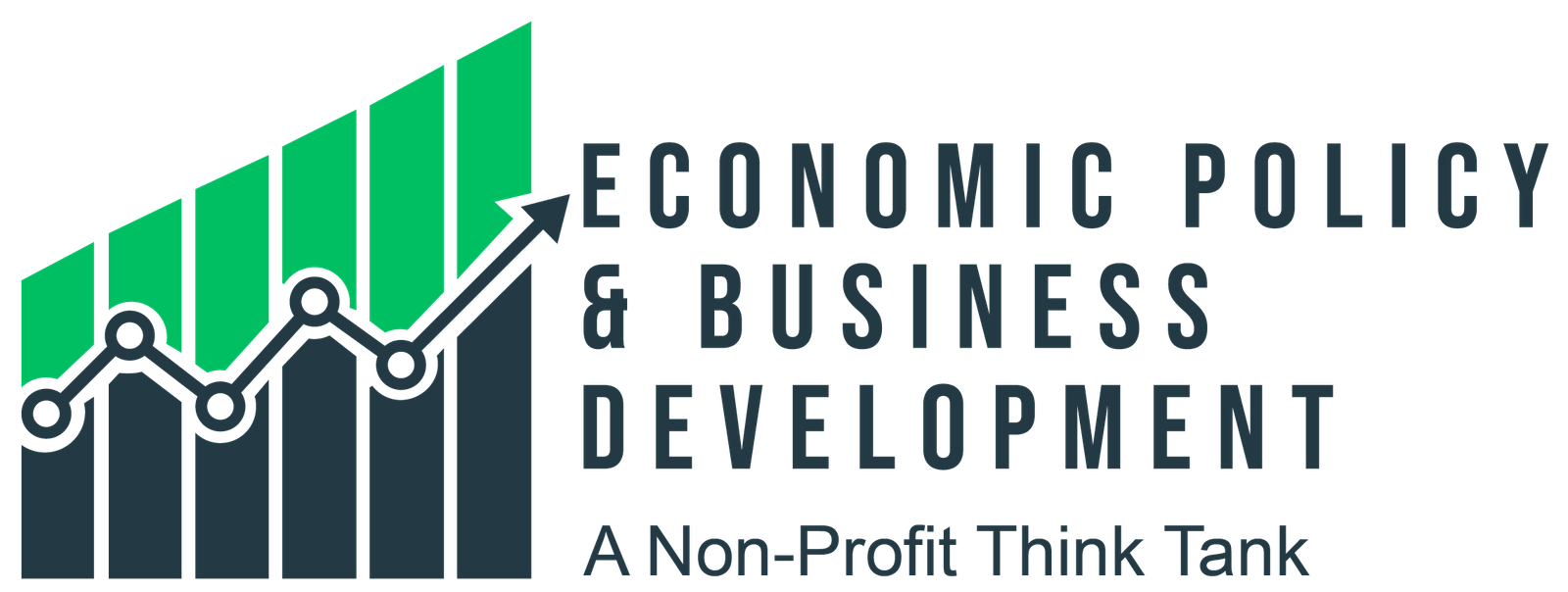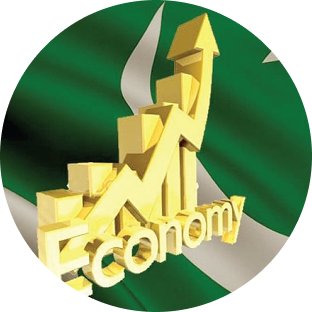Pakistan Economic Survey 2024–25: Stability or Surface-Level Success?
The release of the Pakistan Economic Survey 2024–25 has once again stirred a familiar debate: while the government proudly celebrates macroeconomic stabilization, however deeper structural cracks in the economy remain largely unaddressed. With data covering only the first nine months of the fiscal year, the Survey attempts to showcase a turnaround story built on fiscal consolidation, disinflation, and external account improvements — but how complete and representative is this narrative?
The Official Line: Stabilization, Confidence, and Reform
The government attributes FY25’s improved economic outlook to what it calls “effective macroeconomic management.” Key indicators cited include:
- GDP growth of 2.68% for July–March FY2025, despite a contractionary policy stance for most of the year.
- Inflation plummeting to 0.3% in April 2025 — a six-decade low.
- Primary surplus of 3.0% of GDP, and a fiscal surplus in Q1 for the first time in 24 years amounting to Rs 1,896 trillion (1.7% of GDP).
- Foreign exchange reserves growing to US$16.64 billion as of 27 May 2025.
- Stock market boom, with the KSE-100 rising by over 50%.
The Survey argues that these trends point to a resilient recovery, reinforced by prudent fiscal and monetary policy, investor confidence, and external support including an IMF Resilience and Sustainability Facility of US$1.4 billion.
The Other Side of the Story: Missing Depth and Omitted Realities
Yet, this seemingly robust economic picture is undermined by multiple oversights and contradictions.
- Poverty and Unemployment — Missing
The Survey largely ignores the worsening poverty crisis, despite World Bank estimates placing the poverty rate at 44.7%, with independent economists suggesting it could be even higher. The document also fails to provide updated unemployment figures, instead citing outdated Labour Force Survey data from 2020–21.
This omission is particularly problematic given Pakistan’s large youth population — 26% aged 15–29 — and high female unemployment rates. With over 50% of emigrants categorized as unskilled labour, the lack of domestic employment opportunities is a glaring issue.
- Growth Projections and Data Reliability
While PBS has introduced quarterly GDP estimates (with World Bank support), the credibility of these figures remains under scrutiny. Revisions to Q1 and Q2 GDP — and an optimistic 2.68% full-year projection — raise questions about the accuracy and methodology behind the data, especially when structural weaknesses in data collection remain acknowledged by both the IMF and PBS.
The disconnect between GDP projections and contractionary policy is also striking. High interest rates (even post-decline at 11%, still double the regional average), sluggish industrial activity (LSM at -1.47%), and falling development expenditure due to a Rs 1 trillion revenue shortfall — all contradict the narrative of effective growth management.
- Structural Reforms: Claimed but Not Evident
The Survey reiterates the need to transition from stabilization to comprehensive structural reforms, especially in taxation and power sectors. However, little progress is visible:
- Tax growth is largely regressive, driven by indirect taxes like the petroleum levy (itemized to avoid provincial sharing).
- The power sector’s circular debt remains unresolved, despite proposed commercial borrowing — a tactic previously rejected due to high borrowing costs.
- While electricity tariffs have dropped, this is attributed more to one-off contract renegotiations than long-term sectoral improvements.
Moreover, the IMF has flagged data quality issues and called for a shift away from protective tariffs and sector-specific duties — a move that could further complicate next year’s tax targets.
- Overstated Optimism, Underplayed Risk
While the Survey boasts a current account surplus and rising remittances, the surplus was enabled by administrative import compression, not a surge in exports. The trade deficit in goods still widened to US$21.3 billion, and the financial account saw a net outflow of US$1.6 billion — warning signs for future external stability.
Even the decline in inflation to 0.3% is viewed by economists as potentially excessive disinflation. Inflation below 2% is generally considered suboptimal for industrial activity, suggesting economic stagnation rather than healthy stabilization.
Conclusion: A Mixed Bag with Deeper Structural Gaps
The Economic Survey 2024–25 offers a curated narrative of recovery, supported by selective statistics and high-level successes. However, beneath the surface, the country’s challenges remain formidable: rising poverty, underemployment, regressive taxation, incomplete reforms, and a still-vulnerable external sector.
Finance Minister Muhammad Aurangzeb’s call for structural transformation is valid — but so far, the implementation lacks urgency, depth, and transparency. What Pakistan needs now is not just statistical stabilization but meaningful reform, credible data, and inclusive policy that uplifts the poorest and empowers the working class.
Until then, the optimism in the Survey will continue to ring hollow for millions of Pakistanis still struggling to survive under the weight of economic hardship.




